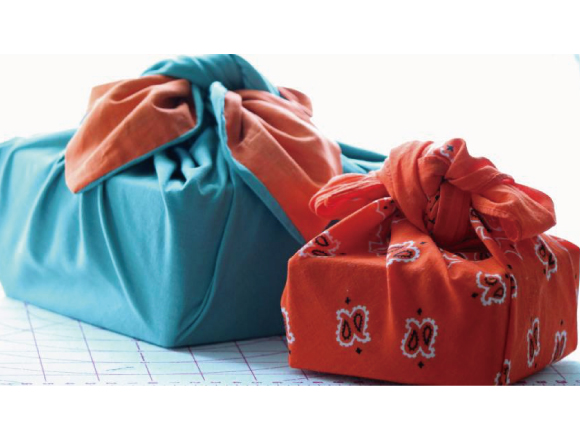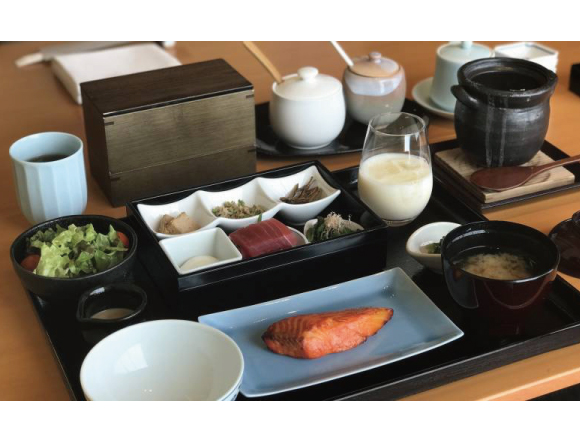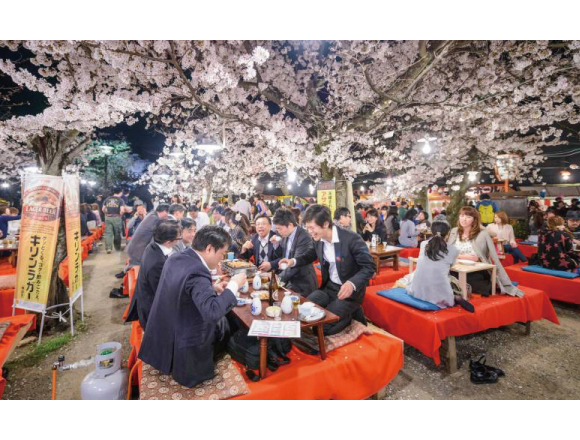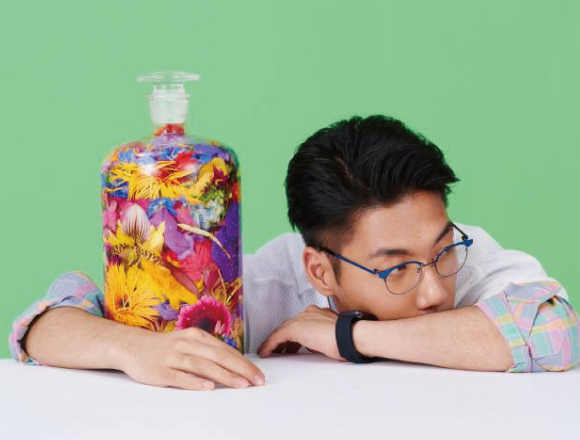Whether it’s instant ramen, selfie sticks or Walkmans, Japan provides innovative, aesthetically-pleasing solutions to everyday problems. But how do you stylishly transport groceries from the market to home, bottles of booze to a barbecue, clothes to the sento, or bento boxes to a picnic? Use a furoshiki.
Furoshiki are rectangular pieces of decorative fabric made from silk, cotton or synthetic fibers that have been used for wrapping goods in Japan for at least 1200 years, since the Nara Period. Until the onset of paper and plastic bags in the 1960s, they were an indispensable part of daily Japanese life. Furoshiki can be distinguished from their fraternal twin the tenugui—another colorfully-dyed and-patterned Japanese cloth—by the difference in use. While both may be used for wrapping, tenugui have typically been used for other instances, such as mopping sweaty brows, as washcloths, and as decorations.
There are around 10 different sizes of furoshiki, each with different applications and a myriad of wrapping techniques. When it comes to wrapping common foods, 45 to 50 cm is recommended. Other uses fare better with larger sizes. For bento boxes, 68 to 70 cm is best, and 90 cm for wrapping a bottle of booze (larger perhaps if you are kind enough to be gifting a magnum of wine or an isshobin of sake).









